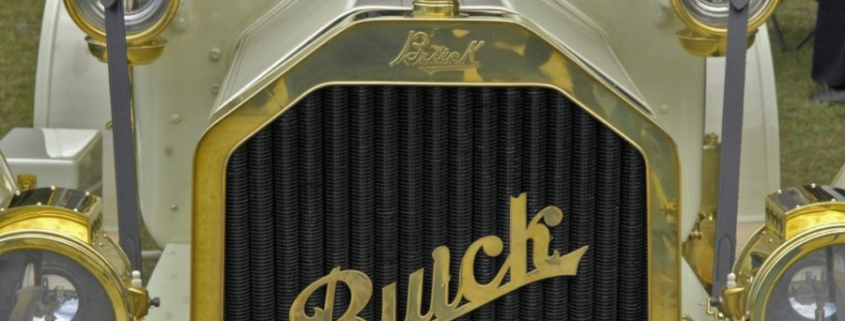December 28, 1908: Buick and Olds Motor Works merge.
This news at the time generated a lot of interest. Already, three quarters of the shareholders of Olds Motor Works in Lansing and part of Buick Motor Company in Flint, Michigan, have accepted a merger plan. This plan involves the new company acquiring their shares and issuing its preferred and common shares in return on a fair basis.
Important Financial Details
General Motors Company, incorporated in New Jersey, had a capitalization of $12,500,000, divided into $1 nominal value shares. Preferred shares represented $7,000,000 while common shares amounted to $5,500,000. Preferred shares pay a cumulative dividend of 7%. Although Curtis R. Hathaway, a partner at Ward, Hayden & Satterlee in New York, is interested in this new company, he and his partners in law remain silent and refuse to discuss it until “the appropriate time”.
Reactions from Major Manufacturers
The names of almost all affordable car manufacturers have been associated with rumors of similar mergers. However, players such as Cadillac, Reo, and Ford have denied any involvement in such consolidations. Henry Ford, despite a production estimated at 20,000 cars, explicitly rejected any intention to merge at the time.
Strategic Goals of Mergers
The main idea behind these merger proposals is to purchase materials in large quantities, thus enabling substantial cost savings in production. This strategy also aims to avoid direct competition by allocating car production according to price ranges and limiting each company to a specific type.
With information from the New York Times


